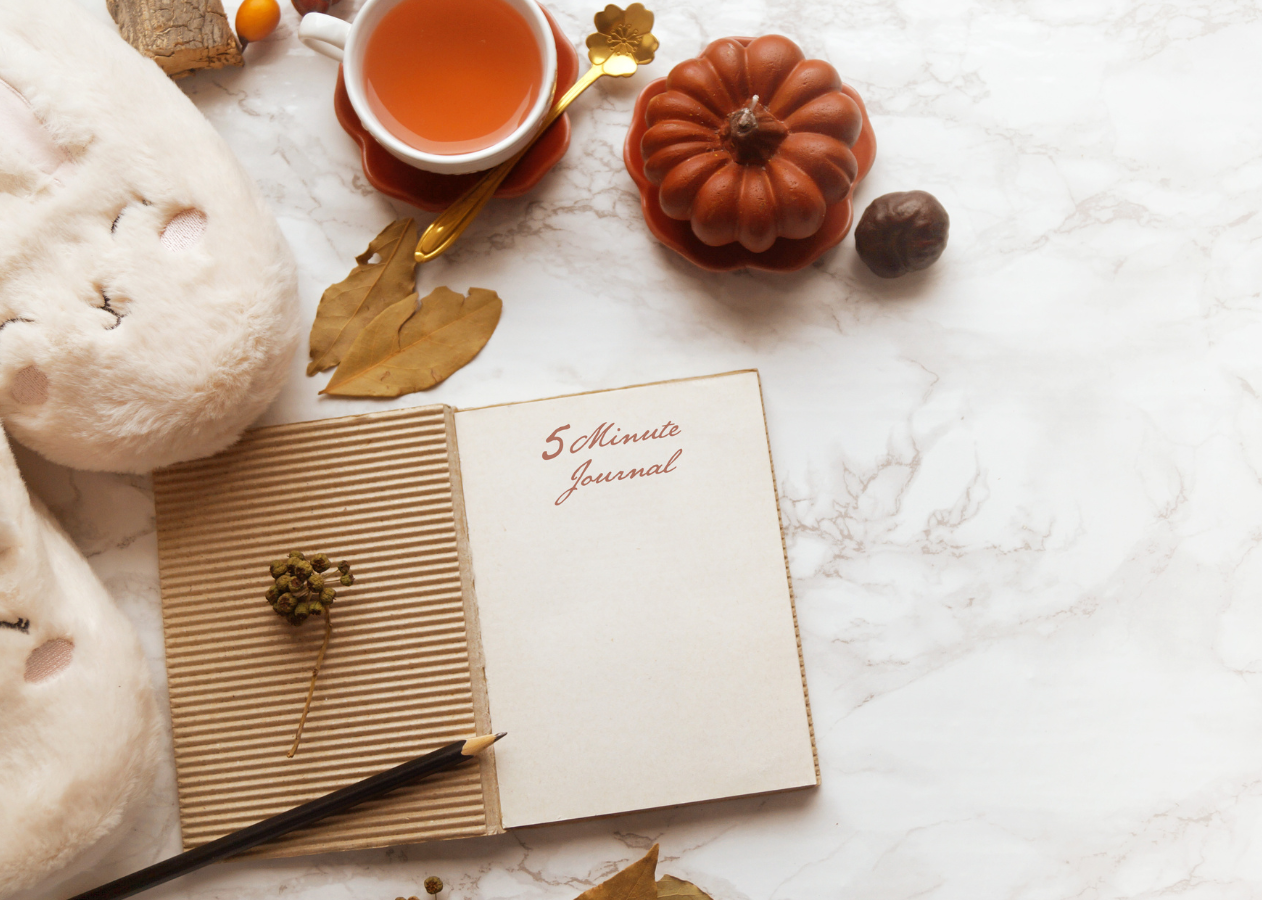I’ve always loved a good breakthrough story. A phoenix rising from the ashes type tale. A story of transformation and self-discovery. I know that this is an ironic statement because no human in their right mind would willingly ask for something in life to break them down to the point that they have two choices: either crumble or persevere. But there’s something attractive and admirable about someone’s courage to face an obstacle head on and make it to the other side. To turn something that, on the outside, seems damning into something completely new. This is precisely why I gravitate toward Adele’s fourth studio album “30” compared to her previous projects. Unlike her previous albums which were (arguably) solely centered on love and heartbreak, “30” (though also inspired by a heartbreak) captured a complicated journey of facing, being honest, and accepting oneself.
When I initially reviewed “30,” I made the mistake of skimming over the fact that the album had the unique ability to put words to a multitude of experiences for listeners. I’m not a mother, I’ve never been divorced (I’ve had my heart broken, sure, but not to the degree my beloved artist seemed to have had). Yet, the lyricism throughout “30” spoke to situations in my life I was (and still am) experiencing. For instance, as a 24 year old, I’m experiencing the discomfort that comes with creating a new identity, with finding my footing in adulthood, and growing into self-acceptance, trust, and confidence. Although not obvious, Adele effectively speaks to these challenges; you have to look beyond the surface, beyond the heartbreak.
Divorce, I’m assuming, was the catalyst for Adele’s self-discovery journey with her telling Zane Lowe that most of her life she’s been involved in a romantic relationship (something “To Be Loved” also reveals: “I’m as lost now as I was back then / … It’s about time I face myself/ All I do is bleed into someone else”). For most of us, it takes a disruptor in our life to shatter the perception of ourselves that we’ve been clinging to in order to ask the million dollar question: “Who am I?.” And though we’re all destined to encounter these disruptors, we all don’t choose the route of transformation, because transformation is a choice. This is the revelation I had when listening to “30” for the 100th time since its release. The act of transforming is often mistaken for the inevitability of change since change, as we all know, is the only constant in life. But the difference between change and transformation is that change occurs on its own in ways that we can’t predict; transformation, on the other hand, is a conscious response to the changes in our lives. For example, Adele’s divorce. It was a change that (though mutually agreed upon) was unavoidable. After the divorce, Adele had choices. She could have allowed the divorce to remain as an eternal pain in her life or she could transform that pain into something. I’ll argue that she chose transformation — she turned her experience into art; her pain into growth.
The difference between change and transformation is that change occurs on its own in ways that we can’t predict; transformation, on the other hand, is a conscious response to the changes in our lives.
So what separates those who choose to take the challenges and grow from them and those who allow the challenges to break them down? Is it a matter of knowing that the choice exists? When Adele ends her album with “Love is a Game,” one can either view it as her final reflections on love or one can view it as her breakthrough, her transformation. I chose the latter.
For similar essays, click here.
To stay inspired, follow @ aaliyahinspired on Instagram and Youtube.


Leave a Reply